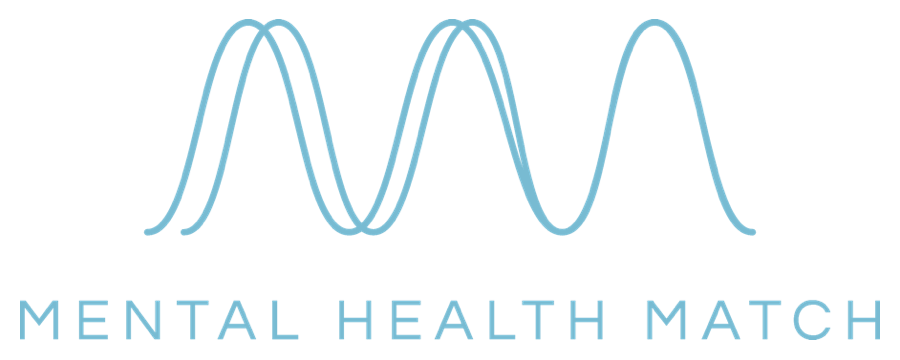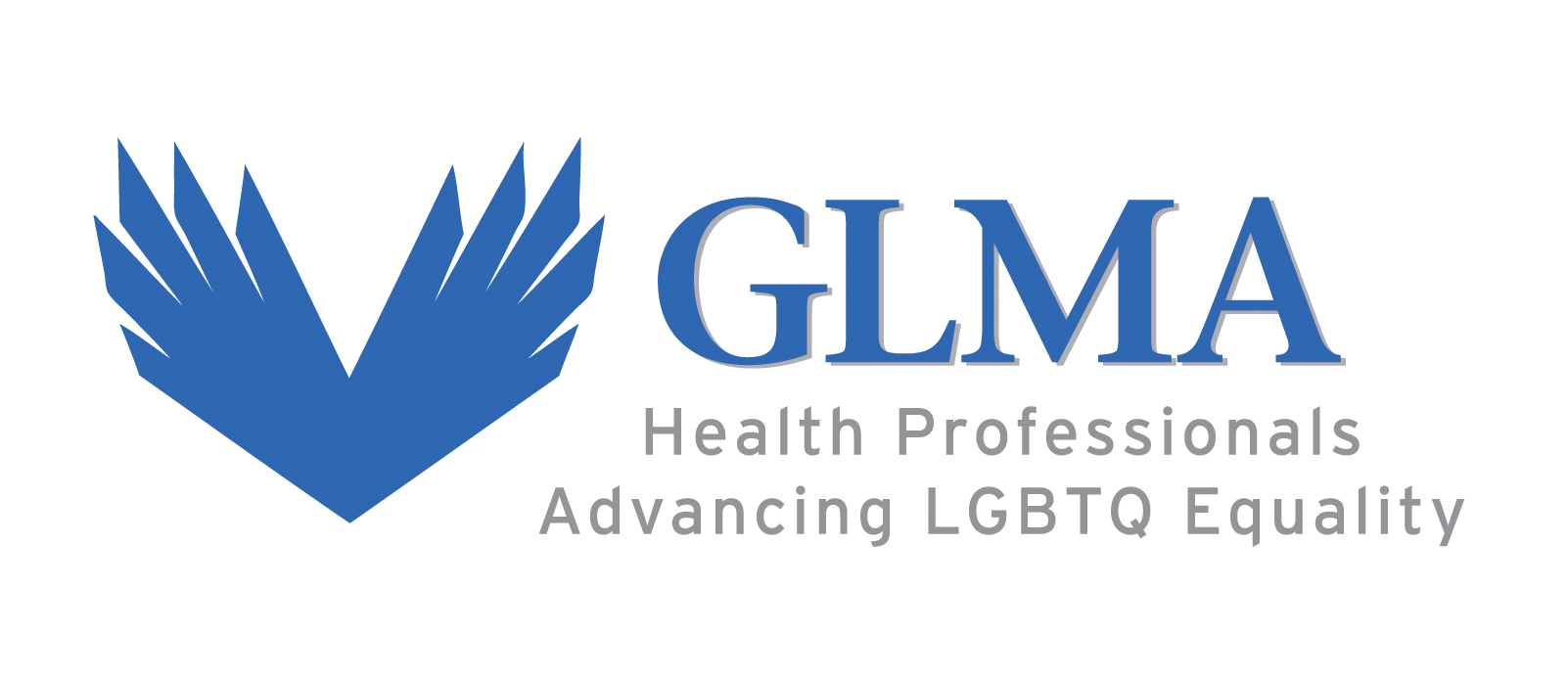A brief overview of
Asexuality
Asexuality is a sexual orientation and part of the broad spectrum of human experiences.
A closer Look
Asexuality Definition
Asexuality is a sexual orientation that includes individuals who do not or rarely experience sexual attraction. There are many ways to be asexual, but the overarching experience goes against cultural norms and expectations. Asexuality is not the same as celibacy and Aces can and sometimes do participate in sex.
Normal Variation
Asexuality is a natural part of the spectrum of human sexual orientations.
Split Attraction
Aces can experience varrying types of attraction.
Sexual Activity
Some Aces participate in sexual activity while others do not.
Perspectives on Sex
Aces can identify as sex-positive, sex-neutral, or sex-negative.
Beyond the Label
Asexuality Statistics
According to the Generation’s Study by the National Institute of Health (NIH).
%
Percentage Identifying as Asexual (that's 5.64 million in the US)
%
Identify as Women
%
Identify as Queer/Non-Binary
%
Between Ages 18 - 27*
%
Assigned Female at Birth
%
Assigned Male at Birth
* Because 91% of people identifying as asexual (also known as Aces) are between the ages of 18 – 27, there may be a lot of Aces, age 30 and up, who don’t know aseuxality is a thing and are not included in the research (which is largely done by examining online spaces)!
A closer Look at the
Split Model of Attraction
Asexual people often have a romantic orientation separate from their sexual orientation.
Sexual Attraction
The desire to engange in sexual activity with someone.
Romantic Attraction
An inclination towards romantic involvement.
Asthetic Attraction
An appreciation of physical appearance without romantic or sexual desire.
Sensual Attraction
Desire for physical contact that is not necessarily sexual.
Platonic Attraction
The desire to form close friendships with an emotional bond.
Emotional Attraction
The desire to know someone at a deeper emotional level.
Spiritual Attraction
Shared values, beliefs, and understanding that transcends physical or emotional attraction.
Intelectual Attraction
Being drawn to someone’s intellect or mind.
The Split Model of Attraction describes multiples types of attraction, which can be experienced separately from each other. Sexual, romantic, aesthetic, sensual, platonic, emotional and intellectual attraction are common types of attraction.
Types of Asexual
Romantic Orientation
Asexual people often have a romantic orientation separate from their sexual orientation.
Other types of romantic orientation also exist, including demiromantic, gray-romantic, polyromantic, gynoromantic, skolioromantic, and more.
Aces have varying
Views on Sexual Activity
In the asexual community, terms like sex-positive, sex-neutral, and sex-negative are used to describe individuals’ attitudes towards sex, particularly in relation to their own experiences and preferences.
Sex Positive
Sex-positive asexuals hold a positive attitude towards sex and sexuality. They might engage in sexual activities for various reasons, such as to please a partner, out of curiosity, or for other personal reasons. They may also enjoy some aspects of sexuality, like intimacy or physical closeness, without necessarily experiencing sexual attraction.
Sex-Neutral
Sex-neutral asexuals have a neutral or indifferent attitude towards sex. They don’t harbor negative feelings towards it but also don’t find it particularly appealing or important. They participate in sexual activities under certain circumstances, or they might not.
Biromantic / Panromantic
Sex-negative asexuals have a negative view of sex, either in general or just for themselves. This view could stem from personal discomfort, lack of interest, or negative experiences. They may experience discomfort or distress related to the idea or the act of sex.
A closer Look
Spectrum of Asexuality
Asexual
Individuals who do not feel sexual attraction (but they may or may not engage in sexual activity).
Gray Asexual
Falling somewhere between allosexual and asexual, Gray Aces, may feel sexual attraction on rare occasions.
Demi-Sexual
Demi-sexuals need an emotional connection before they can feel sexual attraction.
Part of the LGBTQ+ Community
Asexual Symbols
Asexual Flag
From top to bottom, the colors are black, representing asexuality; grey, representing grey-asexuality and demisexuality; white, symbolizing non-asexual partners and allies; and purple, which stands for community.
Cake
Cake as a symbol in the asexual community playfully represents the idea that asexual individuals often find more joy and satisfaction in non-sexual pleasures, like enjoying cake, than in sexual activities.
Black Ring
Worn on the middle finger of the right hand, this ring is a subtle way for asexuals to identify themselves. The black ring is not exclusive to asexuality, but it has been adopted by many within the community.
Garlic Bread
Garlic bread, in the asexual community, humorously touches on the idea of not having to worry about the social implications of eating garlic bread, such as bad breath, which might be a bigger concern among allosexual individuals.
Is ASEXUALITY A PATHOLOGY?
Differential Diagnosis
How does asexuality differ from DSM 5 TR’s diagnosis related to low desire?
Asexual
Asexuality is a sexual orientation where an individual does not experience sexual attraction to others (or rarely experiences sexual attraction) and typically does not view this as a problem or a source of distress.
FSIAD
Female Sexual Interest/Arousal Disorder (FSIAD) is defined in the DSM-5 as a condition characterized by a significant lack or reduction in sexual interest and arousal. It must cause significant distress or interpersonal difficulties.
MHSDD
Male Hypoactive Sexual Desire Disorder (MHSDD) is defined in the DSM-5 as a condition characterized by persistently deficient or absent sexual or erotic thoughts and desire for sexual activity. It must cause significant distress or interpersonal difficulties.
abstinence, celibacy, or asexuality
How is Asexuality Different?
How does asexuality differ from abstenance or celbacy?
Asexual
Asexuality is a sexual orientation characterized by a persistent lack of sexual attraction to any gender. It is not a choice but an intrinsic part of an individual’s identity, similar to other sexual orientations
Abstinence
Abstinence is the decision not to engage in sexual activity. It can be a choice made for various reasons, including personal, religious, or health-related motivations.
Celibacy
Celibacy is a state of voluntarily abstaining from sexual activity, often for religious reasons. It can be time-limited or life-long.
Impacts of Asexuality
6 Types of Ace Experiences
Younger (Usually Single)
Younger, usually single Aces are often told they aren’t old enough or just haven’t met the right person.
Partnered (Often Married)
Previous generations didn’t know Asexuality was a thing and may find themselves in a mixed-orientation relationship.
Sexualized Minorities
Minority Aces face extra minority stress when they don’t fit into society’s hyper-sexualized expectation.
Men
Being an asexual man can be especially hard given the social pressure of an allosexual society.
Partners of Aces
It can be difficult to find a common ground when one partner is allosexual, and the other is asexual.
Exploring
How do you know if you experience sexual attraction if you don’t experience it? It’s complicated and takes time to figure out.
The Invisible Orientation
Myths about Asexual People
Myth: Asexuality is just a phase or a choice
Reality: Asexuality, like other sexual orientations, is not a phase or a choice. It’s a natural orientation where a person genuinely does not experience sexual attraction.
Myth: Asexual people cannot form romantic relationships. Reality:
Reality: Asexual people can and do form romantic relationships. Romantic attraction is separate from sexual attraction, and many asexual people experience romantic feelings.
Myth: Asexuality is the result of a trauma or medical condition.
Reality: Asexuality is not caused by trauma or a medical issue. While such factors can influence sexual desire, asexuality is a legitimate orientation, not a disorder or a result of past experiences.
Myth: Asexual people don't experience any kind of attraction.
Reality: Asexual people may experience romantic, aesthetic, emotional, and other types of attraction. The lack of sexual attraction does not mean a lack of other forms of attraction.
Myth: Asexual people can't enjoy sex or have sexual relationships.
Reality: Some asexual people might choose to have sex for various reasons, such as to please a partner. Enjoying sex doesn’t invalidate asexuality, which is about attraction, not behavior.
Myth: Asexuality can be "cured" or changed.
Reality: Asexuality is a natural orientation and not something that needs to be cured or changed. Attempting to change someone’s sexual orientation is both unethical and harmful.
Myth: Asexuality is rare or abnormal.
Reality: Asexuality is more common than many people think. It’s a normal variation of human sexuality, even though it’s less talked about than other orientations, and therefore research shows only 1.7% of the population identifying as asexual.
Myth: Asexual people are just "late bloomers."
Reality: Being asexual is not about being a late bloomer. Asexual people don’t necessarily “develop” sexual attraction later; they simply experience it differently or not at all. It’s also okay to connect the dots in one way and then decide later in life to connect them another way. Sexual orientation can be fluid and it’s okay to try something and see if it fits you.
Myth: Asexual people are antisocial or have personality disorders.
Reality: Asexuality is not linked to social behavior or personality disorders. Asexual individuals have the same variety of social behaviors and personality traits as anyone else.
Myth: Asexual people do not get married
Reality: Asexual people can do and get married. Sometimes, they marry allosexuals and find themselves in a mixed-orientation marriage. This happens more often in “older” aces (over 30) who didn’t know about asexuality until after they were married.
You Might Also Enjoy
These are some of our most popular pages about Asexuality.

Resources
Learn more about asexuality and connect with others with community resources, videos, books, and articles.
Finding an Ace-Affirming Therapist
Learn how to find an asexual-affirming therapist for individual or relationship therapy.

Mixed Orientation Relationships
Mixed orientation relatiionships, where one partner is asexual and the other is allosexual, can be difficult to navigate.
Asexual Therapy
Learn about how an asexual-affimring therapist can help you navigate life and relationship challenges.
COLLIN COUNTY TEXAS
Take the First Step
Frisco LGBTQ+ therapy: Your safe space for healing and growth in Frisco, Texas.
We see clients in-person and online from our Plano, Texas office. Most of our clients come from Collin County and surrounding areas:
|
|
Request a Free 15-Minute Consultation
* By clicking Submit, you permit us to contact you by email, phone, or text. Don’t worry – we won’t send you junk. It’s just to schedule a consultation and see if we can help you!
























